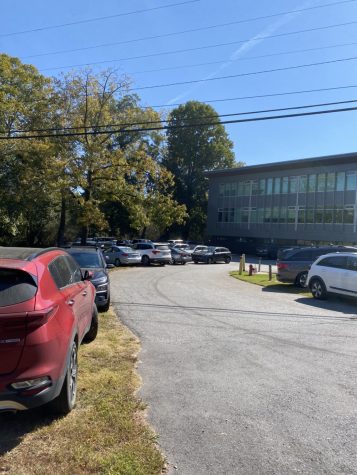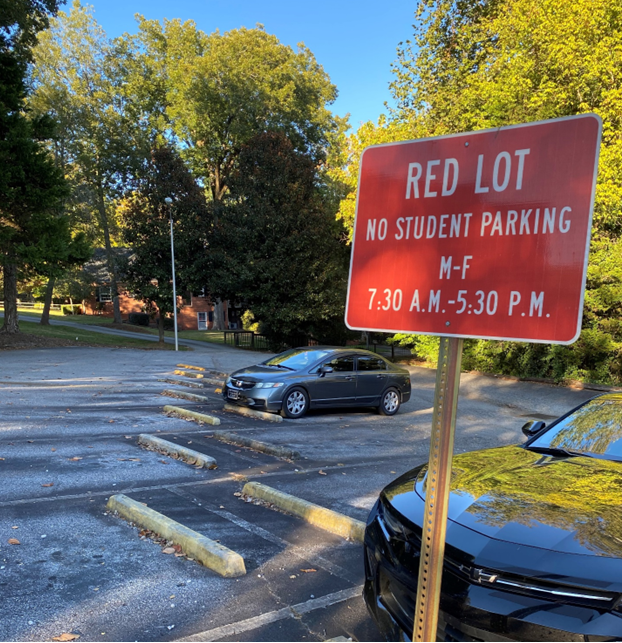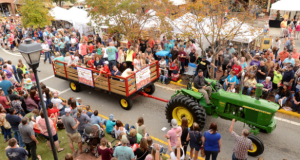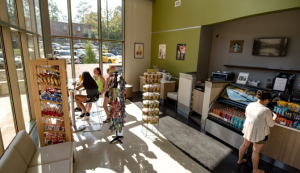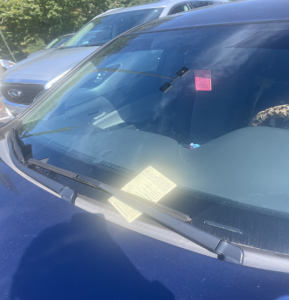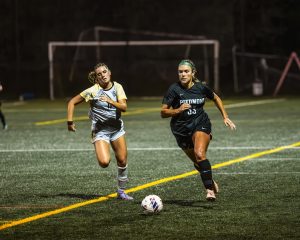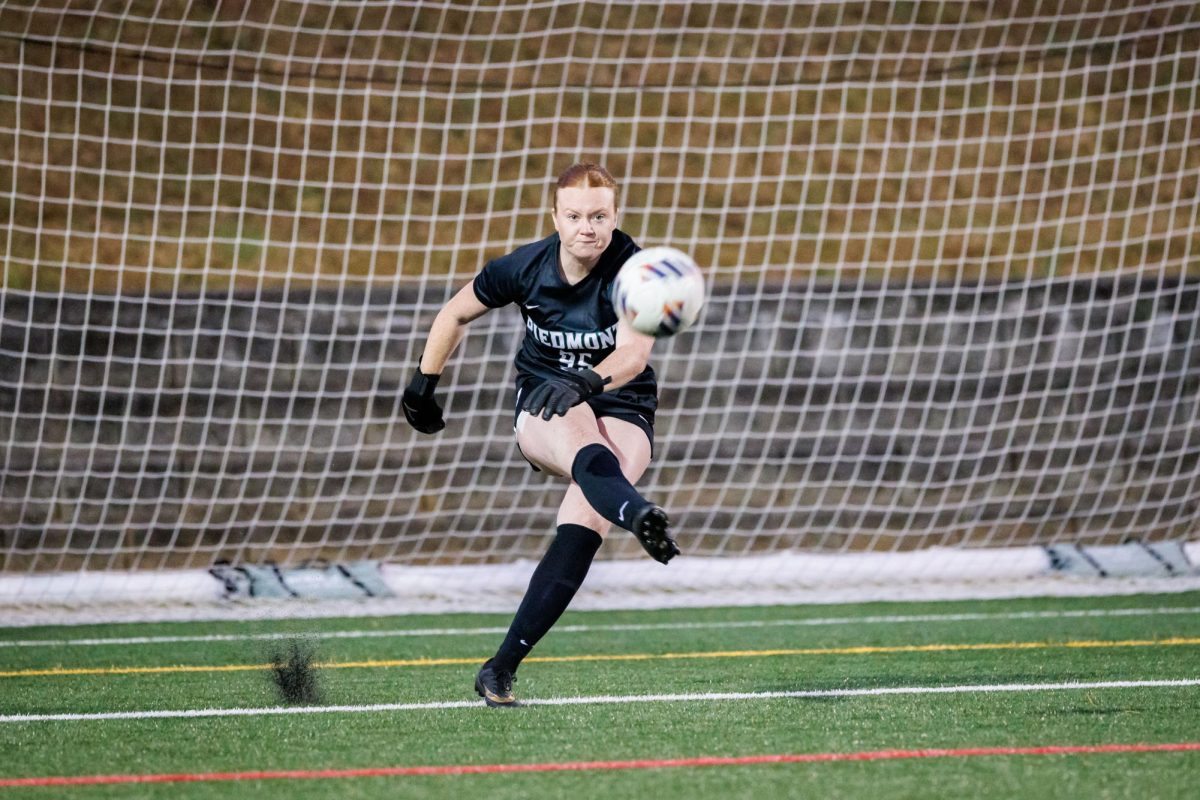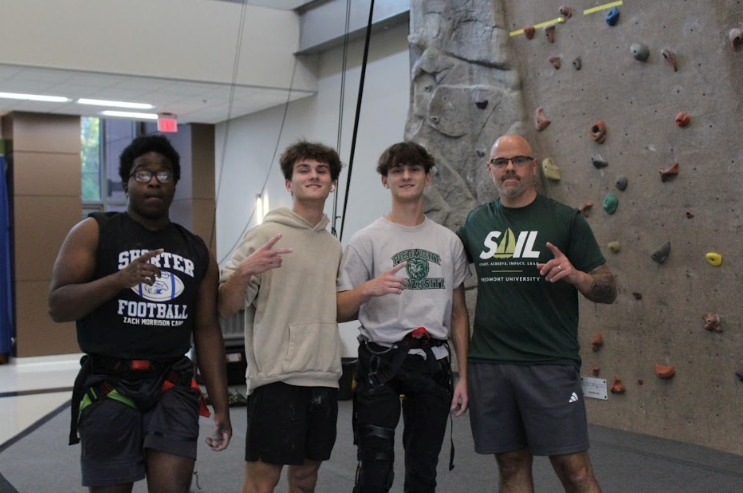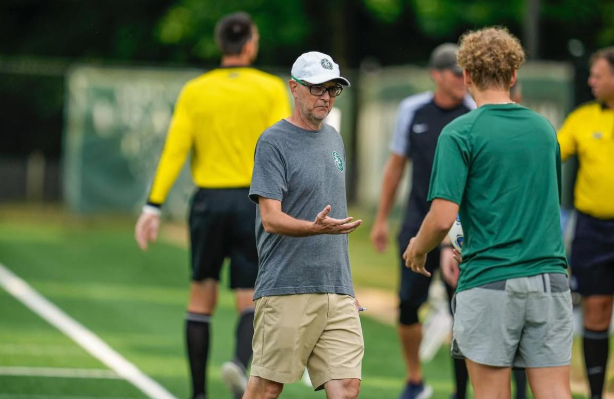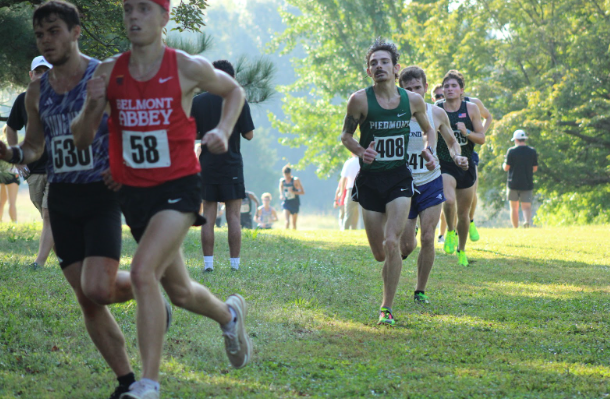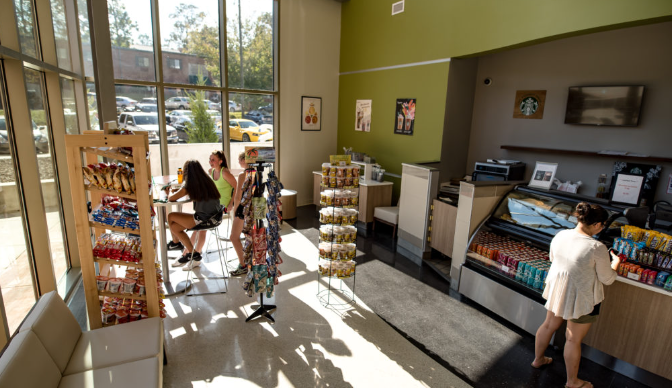The Piedmont Parking Conundrum
October 10, 2022
Best Editorial (2nd place) from the Georgia College Press Association.
Your alarm is blaring, but you still have thirty minutes to get to class. You go to hit snooze, what are ten more minutes going to hurt? Your finger hovers over the button, then, you remember it: the unforgiving battlefield of finding a parking spot.
“There aren’t nearly enough lots, obviously, and then residential students who are capable of walking take up the majority of spots,” says junior music performance major Ellawyn Ketch. Ketch has uniquely experienced both sides of the frustration, having been both a residential and commuting student. “It was a serious struggle every morning trying to make it to class on time, because in order to get a spot I had to time it right with other students getting out of class.”
Seven out of the total 11 student residences have accessibility to walk around campus directly from the buildings. An additional three (Plymouth, New Bedford and Mystic) have relative access to sidewalks but have to make it around a blind turn in order to reach said sidewalks. Finally, the least accessible residential living is the upperclassmen dorms, The Village.
A major issue with parking, aside from the general lack of availability to contrast the number of students, is the fact that residential students, with the ability to walk to class or to The Commons, decline to do so. Opting rather make the five-minute drive to and from class each day as a means of crunching time.
Ketch also comments that the newest freshmen dorm, Mystic, does not have sufficient parking to hold the residents; this leads the excess to spill in upperclassmen residential parking lots, such as Plymouth.
The expanding student population, while a positive advancement for the university, emphasizes the insufficiency of parking amenities. This growth has led to packed tables during lunch and packed parking spaces outside the Student Commons. In an attempt to offset these numbers, Piedmont University added an additional 26 parking spots located next to Loudermilk Field. Despite this, students continue to park in the red lot located next to the Commons, and residential parking lots for Wallace, Swanson and Johnson, when grabbing a bite to eat between classes. Perhaps the title of this particular red lot should be stripped altogether as the restrictions are neither followed nor enforced.
The parking lot struggles are not limited to students; faculty and staff face their own struggles in parking despite having designated red lots that prohibit students from parking between the hours of 7:30 a.m.- 5:30 p.m. Monday-Friday. Many students have taken it upon themselves to ignore these restrictions and opt for the risk of getting a parking ticket.
“Students just disregard designated lots for professors too, making many professors with physical limitations park in distant student lots,” says Ketch.
Despite some student complaints that there is an over flux of red lots available, the disregard of these designations leaves faculty and staff struggling in the search for parking as well. Especially professors that have offices and classrooms in Stewart Hall, Daniel Hall and Arrendale Library. Parking lots designated as red lots in these areas have become the most plagued by student drivers.
“My main concern about parking on campus is that there’s not enough of it,” says sophomore general art major Donny Ramey. “Even worse, my professors in the art department have explained how upsetting it is that sometimes the red spots are full, and they have to carry stacks of supplies, heavy boxes and delicate pottery, from much farther away than necessary. If even the teachers are unable to park in spots meant specifically for them, this problem has gotten out of hand.”
Walking past the parking lot located next to the Smith-Williams Art Studio any day of the week passersby will notice that many of the cars in the lot are not actually in parking spaces at all but rather parked in spaces they have created for themselves, usually on the grass.
Ketch suggests regulating and enforcing designated parking for commuters, residents, faculty and staff alike. In addition, creating more central parking lots. As it stands, many commuter students park in the lot located next to the Undergraduate Admissions office or at The Commons and are often times disappointed to find all of the spaces occupied.
It is apparent that the university needs to bridge the gap of insufficient parking spaces, and quickly if the trend of a growing student body continues. In the meantime, we need to look out for one another and practice consideration. Meaning residential students with the ability should do their best walking to and from classes rather than driving. While this may feel like an inconvenience at times, imagine how commuters feel when they are traveling 30 minutes or more just to find there are no available spaces because students that live within a five-minute walk have taken up the spaces instead.
